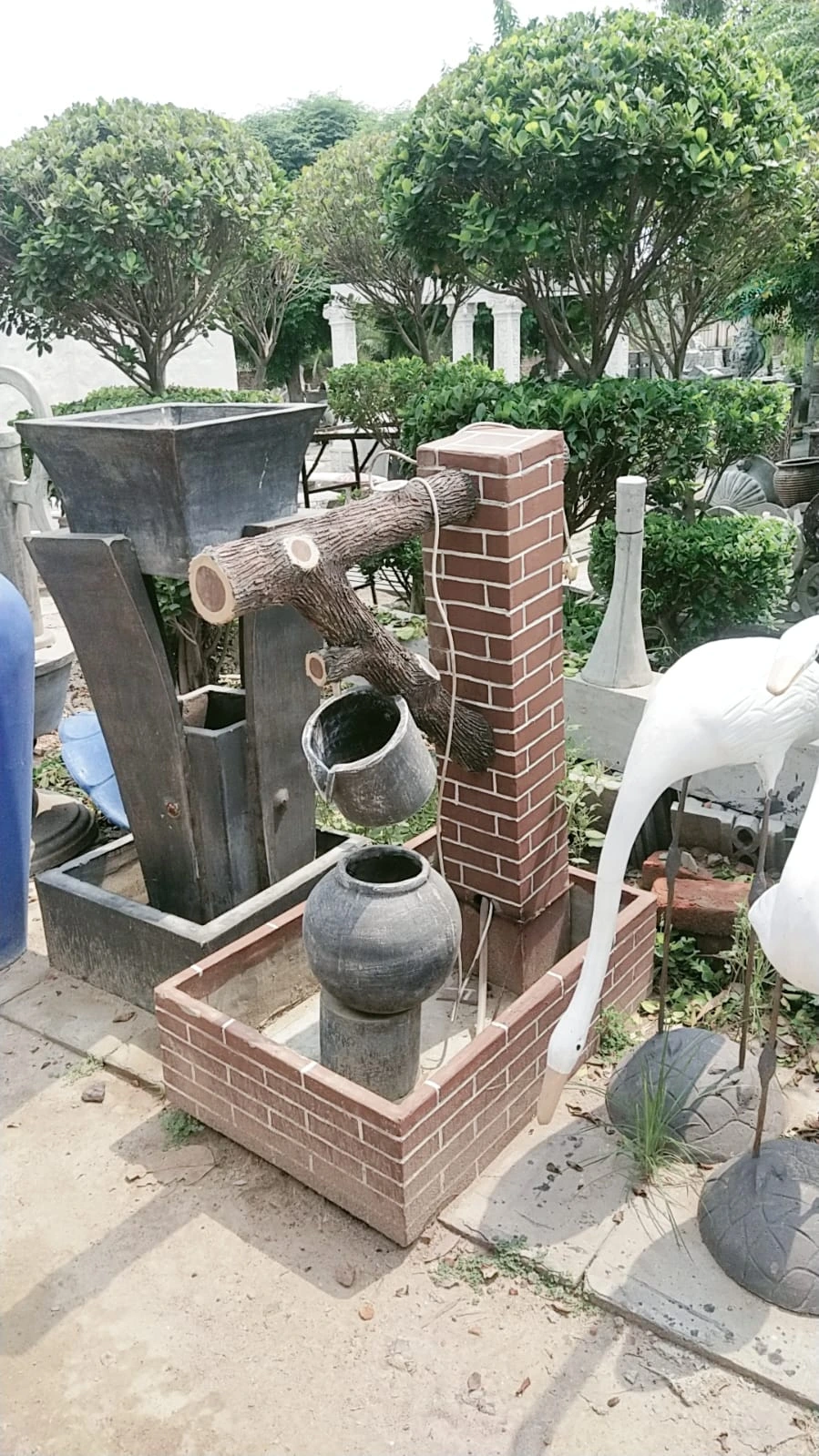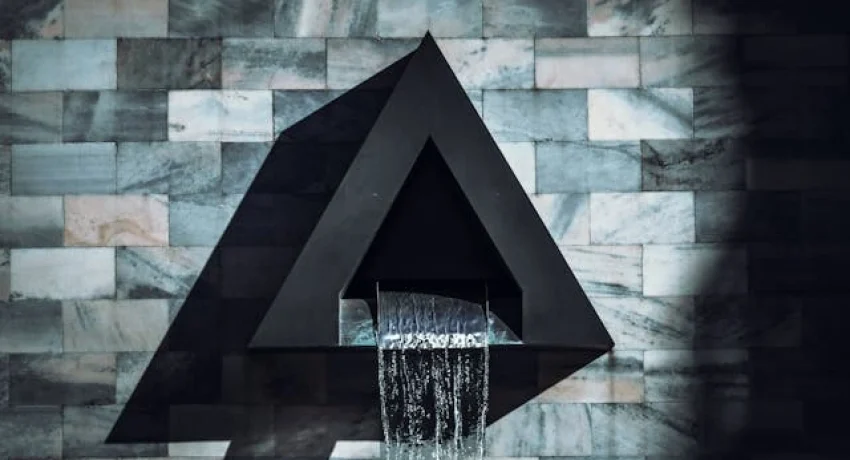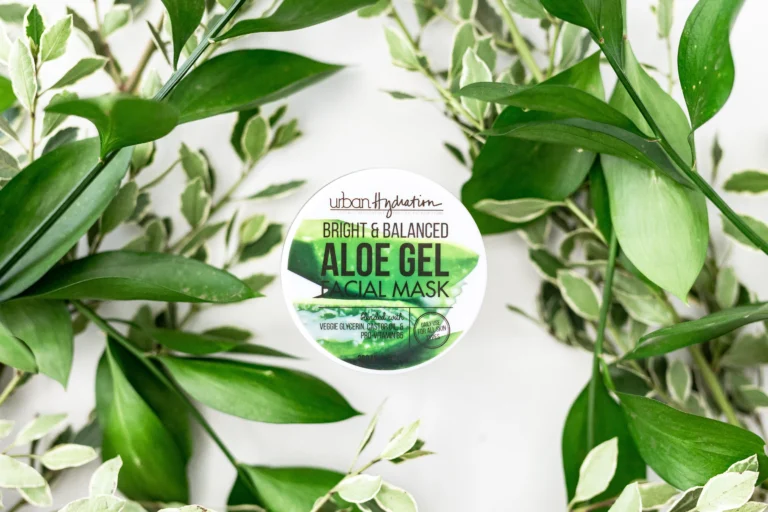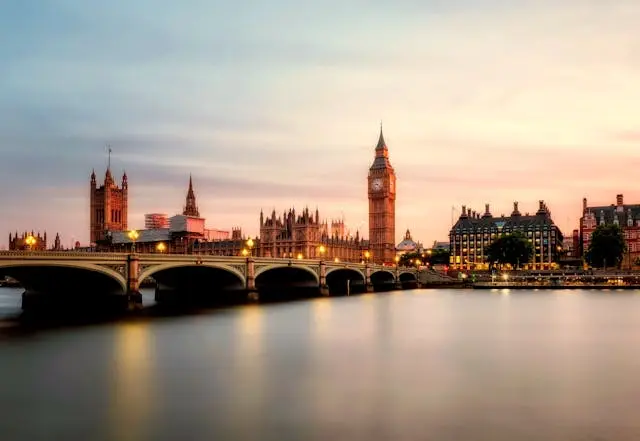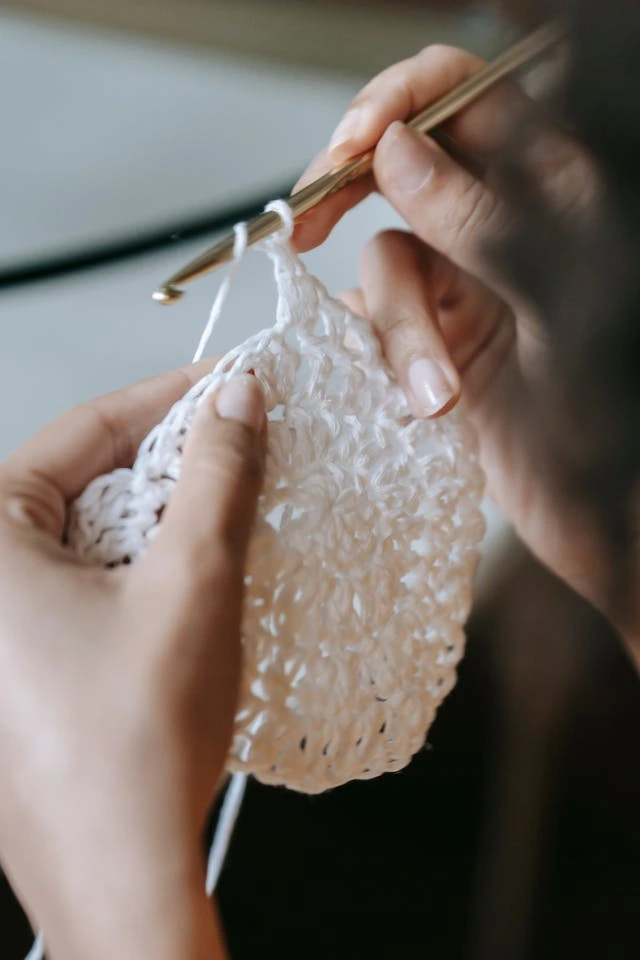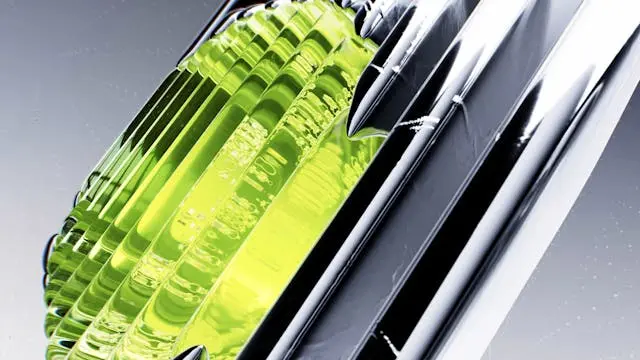WALL FOUNTAIN DESIGNS THAT TRANSFORM OUTDOOR SPACES
Water has always held a deep connection with human emotion, culture, and design. Throughout history, fountains have been more than just functional sources of water—they’ve symbolized luxury, serenity, and spiritual harmony. Among the most elegant and space-efficient types is the wall fountain. Mounted directly onto walls, these features deliver the beauty and tranquility of flowing water without taking up valuable floor space.
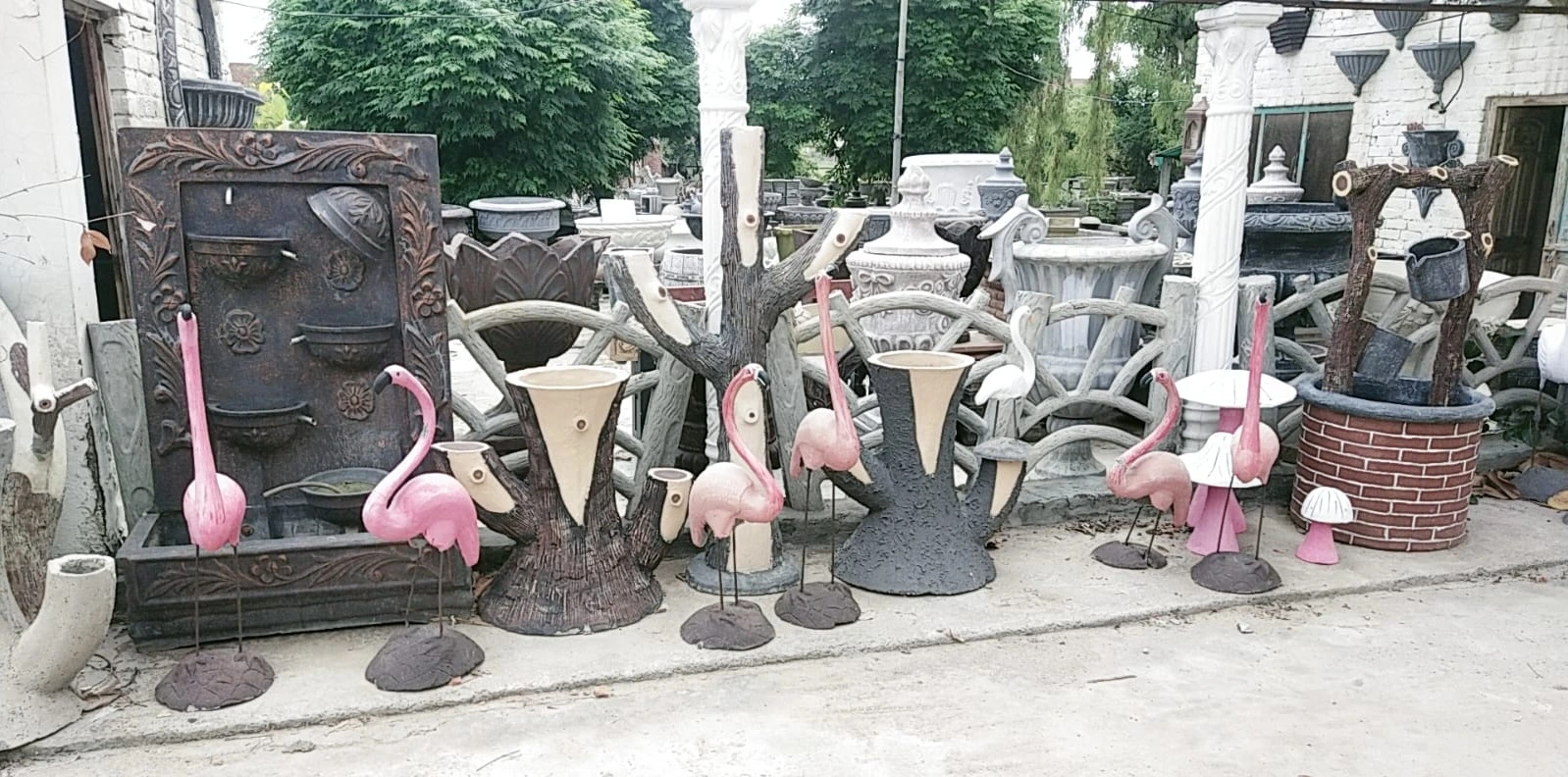
This article explores the enduring appeal of wall fountains and their rising importance across various parts of the world—Europe, Australia, the UK, the USA, and New Zealand.
What is a Wall Fountain?
A wall fountain is a water feature affixed to a wall—either indoors or outdoors. It typically consists of a basin to catch the water and a pump system to recirculate it. Designs range from classical stone-carved motifs to ultra-modern metal or glass panels.
What sets wall fountains apart from other water features is their vertical design. They’re ideal for smaller gardens, courtyards, or patios and can even be mounted inside homes or commercial spaces to create a serene atmosphere.
Why Wall Fountains Are So Popular Globally
The rise in popularity of wall fountains can be attributed to their:
- Aesthetic elegance
- Space-saving functionality
- Calming auditory effects
- Ability to increase property value
- Minimal maintenance compared to ponds or large fountains
Let’s explore how different countries and regions are embracing this beautiful feature.
Wall Fountains in Europe: Heritage and Elegance
Historical Significance
Europe has a long-standing love affair with fountains. Cities like Rome, Paris, and Vienna are filled with historic fountains embedded into building walls, often serving as both water sources and public art. The tradition of wall-mounted fountains dates back to Roman aqueducts and medieval monasteries.
Modern Applications
In today’s Europe, wall fountains remain popular, especially in private courtyards and boutique hotels. They’re often crafted from natural stone, terracotta, or ornate wrought iron—evoking old-world charm while offering contemporary relaxation.
In Southern Europe, wall fountains also help cool the surrounding air—an added benefit in warm climates like Spain or Italy.
Wall Fountains in the UK: Classic Meets Contemporary
The United Kingdom boasts a rich tradition of formal gardens, and wall fountains are frequently used to add visual and auditory interest to outdoor spaces.
Cottage and Formal Gardens
In classic English gardens, wall fountains made from aged stone or bronze fit seamlessly with climbing vines, stone walls, and symmetrical layouts. They’re especially common in country estates and Victorian homes.
Urban Gardens
With limited space in urban areas like London, wall fountains offer a stylish way to bring nature into compact courtyards or patios. Many UK homeowners are turning to modern stainless-steel fountains that pair well with contemporary garden design.
Wall Fountains in Australia: Outdoor Living Enhanced
Australia’s love for alfresco living makes wall fountains a natural addition to backyards and patios.
Adaptable to Diverse Climates
From the dry interior to coastal regions, wall fountains serve dual purposes: adding beauty while cooling outdoor air. In hot areas like Queensland or Western Australia, they help offset the heat, while in cooler southern regions, they create an inviting focal point year-round.
Design Preferences
Australian homeowners lean toward a wide range of styles—from Mediterranean stone designs to minimalist black slate panels. Sustainable materials and solar-powered fountains are also gaining traction, aligning with Australia’s eco-conscious mindset.
Wall Fountains in the USA: From Modern Homes to Wellness Spaces
Wall fountains are widely used across the United States, both indoors and outdoors.
Versatile Usage
In California, wall fountains are common in Spanish-style villas and drought-resistant gardens, offering beauty without water waste. In cities like New York, they provide a relaxing escape from urban chaos in rooftop terraces and enclosed patios.
Wellness and Commercial Use
Many spas, yoga studios, and wellness clinics use indoor wall fountains to create a serene ambiance. The therapeutic sound of running water has been shown to reduce stress, improve focus, and elevate mood—a benefit increasingly appreciated in American homes and workspaces.
Wall Fountains in New Zealand: Nature-Inspired Tranquility
New Zealanders have a deep appreciation for natural materials and indigenous design, and wall fountains are an ideal fit for this aesthetic.
Integration with Landscape
Wall fountains are often paired with native plants, wooden structures, and stone features to reflect the country’s awe-inspiring natural beauty. Whether on a city balcony in Auckland or a rural retreat in Queenstown, these water features blend seamlessly with the surroundings.
Cultural Influences
Some designs incorporate Maori motifs or Pacific Island influences, adding cultural significance to their visual impact.
Popular Wall Fountain Materials Around the World
Depending on climate, design preferences, and cultural history, different regions prefer different materials:
| Region | Popular Materials | Style Inspiration |
| Europe | Stone, Terracotta, Cast Iron | Classical, Mediterranean |
| UK | Limestone, Aged Metal, Resin | Cottage, Victorian, Contemporary |
| Australia | Slate, Glass, Concrete | Modern, Coastal, Mediterranean |
| USA | Copper, Stainless Steel, Recycled Glass | Zen, Modern, Spanish Colonial |
| New Zealand | Basalt, Schist, Timber Accents | Natural, Indigenous, Eco-friendly |
Benefits of Installing a Wall Fountain
No matter where you live, wall fountains offer a wealth of benefits:
1. Visual Appeal
They act as a focal point in outdoor spaces, transforming plain walls into works of art.
2. Soothing Sound
The gentle sound of water can reduce background noise and create a calming atmosphere.
3. Health and Wellbeing
Water features are known to improve mental health by reducing stress and promoting relaxation.
4. Wildlife Attraction
Birds, butterflies, and beneficial insects are drawn to water, promoting biodiversity.
5. Low Maintenance
Compared to ponds or large fountains, wall-mounted versions require minimal upkeep and are easy to clean.
Installation Tips for Different Climates
- Cold Regions (UK, Northern Europe, Northern USA): Choose frost-resistant materials and drain the fountain in winter.
- Hot and Dry Areas (Australia, Southwest USA): Use materials that don’t heat up excessively. Opt for solar-powered or recirculating systems to save water.
- Coastal Areas (NZ, UK coastlines): Select corrosion-resistant materials like stainless steel or marine-grade stone.
Modern Trends in Wall Fountain Design
As tastes evolve, new trends are emerging worldwide:
– LED Lighting Integration
Wall fountains with LED lights add drama and elegance, especially at night.
– Smart Controls
Wi-Fi-enabled systems let users adjust fountain settings remotely.
– Sustainable Design
Solar-powered and water-efficient models are increasingly in demand.
– Indoor Wall Fountains
Bringing tranquility indoors, these versions are found in entryways, living rooms, and offices.
Conclusion: A Universal Symbol of Serenity
From the rustic charm of a French vineyard to the sleek lines of an Australian rooftop terrace, the wall fountain is a global symbol of serenity and sophistication. No matter the climate, design style, or size of your space, there’s a wall fountain that can bring beauty, peace, and timeless elegance to your environment.
As people around the world continue to seek balance between nature and modern living, wall fountains stand as a reminder of the power of simplicity—where the sound of flowing water can transform any space into a sanctuary.
